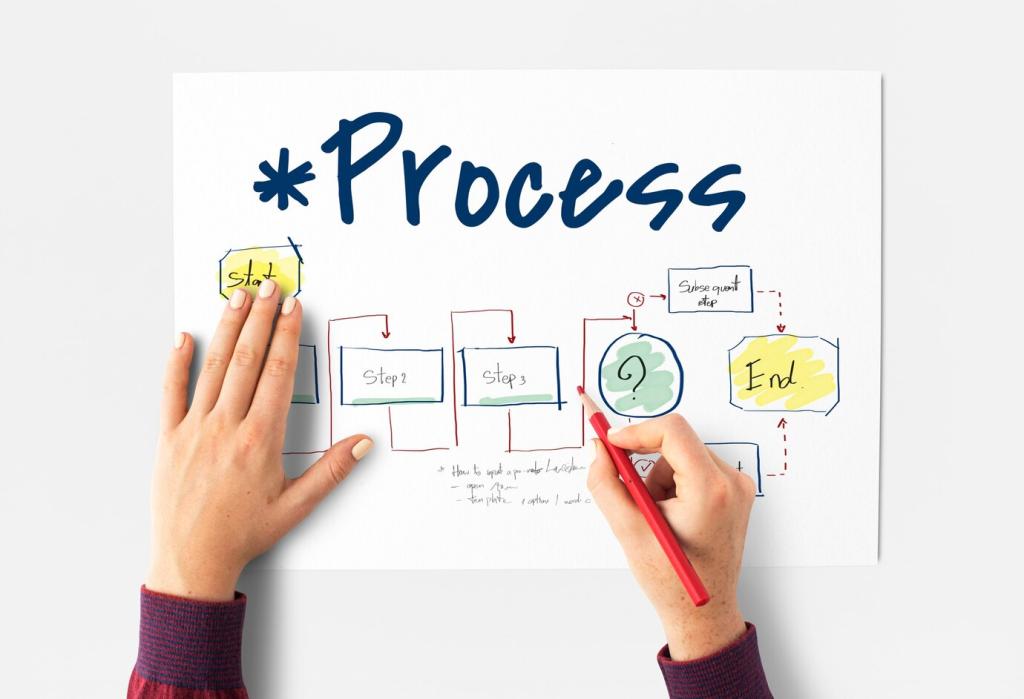Efficient Business Travel Itineraries
Efficient business travel itineraries are the cornerstone of productive business trips. With carefully arranged travel plans, professionals can maximize their work outcomes, minimize time wastage, and ensure a smooth journey from start to finish. Modern business travel demands precision, flexibility, and consideration of individual needs, all while keeping costs and schedules in check. This page explores the essential elements of constructing travel itineraries that support business goals, present solutions to common challenges, and enhance the overall travel experience for business professionals.
Digital tools have revolutionized the way business itineraries are planned and managed. Advanced scheduling platforms, travel management software, and mobile apps provide real-time updates, reminders, and centralized access to reservation details. By integrating calendars, flight information, and meeting agendas, these tools help eliminate overlaps and reduce waiting time between activities, supporting decision-making on the go. Automation features also help travelers adjust plans with minimal hassle, ensuring constant alignment with evolving business priorities.


Choosing Fast and Reliable Transportation Options
Optimizing the transit stage involves carefully evaluating available flights, trains, or car services based on duration, reliability, and proximity to meeting locations. Direct routes or non-stop services may reduce travel fatigue and eliminate unnecessary layovers, while flexibility in ticketing allows for swift changes in case of delays. Efficient transit choices enable travelers to maximize their workday and ensure punctual arrival at appointments.

Proximity to Business Venues
Selecting accommodations near key business venues or transportation hubs simplifies daily commutes and enhances punctuality. When hotels or short-term rentals are situated within walking distance of offices, conference centers, or airports, travelers save valuable time and reduce stress. This close proximity also provides opportunities to return to the room for quick breaks or last-minute preparation, contributing to optimal performance during scheduled business engagements.
Planning for Time Zone Adjustments
Incorporating strategies to manage time zone shifts helps travelers adjust more smoothly. Scheduling arrival times that allow for short recovery periods before critical meetings can be highly beneficial. Itineraries can be designed to gradually shift sleep and meal times ahead of travel, easing adaptation to new local times. This proactive adjustment reduces the impact of jet lag, allowing professionals to hit the ground running when they arrive at their destination.
Incorporating Rest and Downtime
Rest is a vital part of every efficient itinerary. By including planned breaks, travelers can recover from long flights, recharge after demanding meetings, and maintain overall effectiveness throughout their trip. These built-in periods of downtime might take the form of leisure activities, light exercise, or simply unstructured time in a comfortable environment. Recognizing the importance of balance not only preserves health but also sustains high levels of productivity.
Utilizing Flexible Workspaces
Business travelers often need to work between meetings or while in transit. Selecting accommodations or lounges offering reliable Wi-Fi, ergonomic workspaces, and quiet environments enables on-the-go productivity. Flexible workspaces, whether in hotels, airports, or co-working venues, are invaluable for responding to urgent tasks, participating in virtual meetings, and preparing for upcoming engagements, all while maintaining comfort and efficiency.
Previous slide
Next slide

